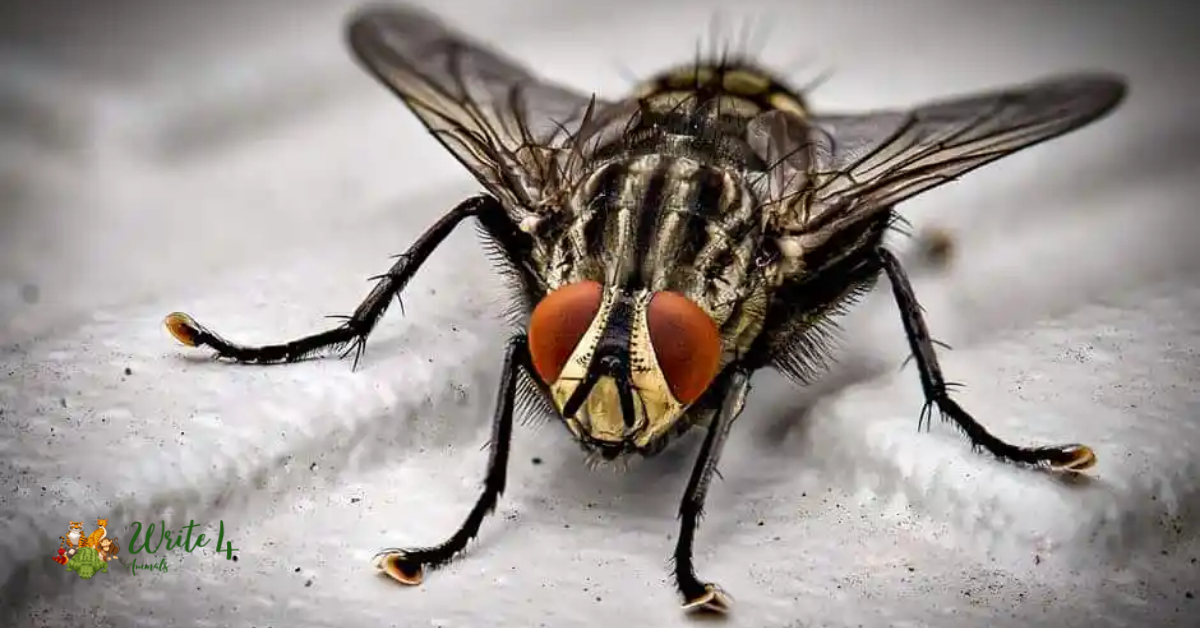Animals, with their diverse characteristics and behaviors, have always fascinated humanity. From the awe-inspiring majesty of lions to the playful antics of dolphins, the animal kingdom never fails to captivate our attention. However, not all animals are universally adored.
In this blog post, we will explore the top 10 most annoying animals in the world, showcasing creatures that have earned a reputation for their pesky habits, irritating sounds, or bothersome presence.
Top 10 most annoying animals in the world
1. Mosquitoes
Classification:
Kingdom: Animalia
Phylum: Arthropoda
Class: Insecta
Order: Diptera
Family: Culicidae
Genus: Aedes, Anopheles, Culex, and more
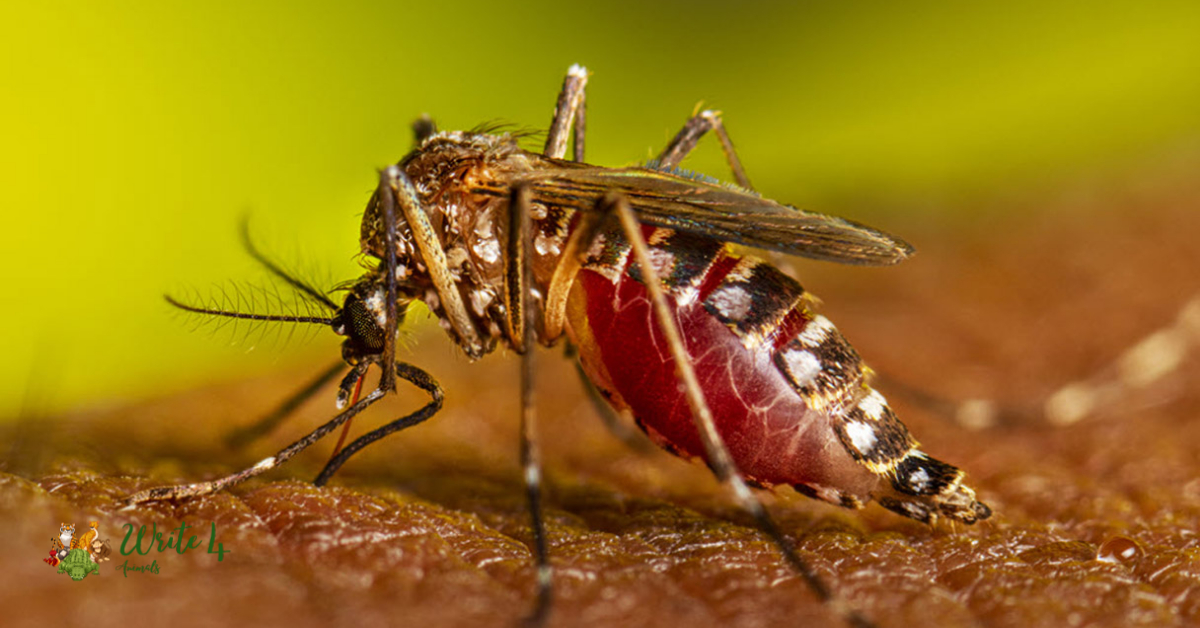 Mosquitoes, belonging to the family Culicidae, are perhaps one of the most irritating insects on the planet. They are classified as insects, specifically in the order Diptera, which includes all true flies. Mosquitoes are small, with slender bodies, and they feed on the blood of animals, including humans.
Mosquitoes, belonging to the family Culicidae, are perhaps one of the most irritating insects on the planet. They are classified as insects, specifically in the order Diptera, which includes all true flies. Mosquitoes are small, with slender bodies, and they feed on the blood of animals, including humans.
Their buzzing and high-pitched whine can be infuriating, especially when they are on a mission to feast on your blood. Furthermore, mosquitoes are vectors for various diseases like malaria, dengue fever, and Zika virus, adding to their annoyance factor.
2. Flies
Classification:
Kingdom: Animalia
Phylum: Arthropoda
Class: Insecta
Order: Diptera
Family: Various families (e.g., Muscidae, Calliphoridae)
Genus: Various genera
 Flies, like mosquitoes, are also classified under the order Diptera, which includes all true flies. They are characterized by their rapid flight, transparent wings, and often pesky behavior.
Flies, like mosquitoes, are also classified under the order Diptera, which includes all true flies. They are characterized by their rapid flight, transparent wings, and often pesky behavior.
Flies are attracted to decaying matter and are notorious for their affinity for landing on food, making them not only annoying but also potential carriers of disease-causing pathogens. Their incessant buzzing can disrupt a peaceful environment, and they come in various forms, from common houseflies to irritating fruit flies.
3. Seagulls
Classification:
Kingdom: Animalia
Phylum: Chordata
Class: Aves
Order: Charadriiformes
Family: Laridae
Genus: Various genera
 Seagulls, classified under the order Charadriiformes, are a group of noisy and opportunistic birds found near coastlines worldwide. They are known for their loud and raucous calls, which can disrupt the serenity of coastal environments.
Seagulls, classified under the order Charadriiformes, are a group of noisy and opportunistic birds found near coastlines worldwide. They are known for their loud and raucous calls, which can disrupt the serenity of coastal environments.
Seagulls are also notorious for their boldness in stealing food from beachgoers and scavenging through garbage. Their presence, while picturesque for some, can quickly turn annoying when they descend in flocks, creating a mess and causing disturbances.
4. Pigeons
Classification:
Kingdom: Animalia
Phylum: Chordata
Class: Aves
Order: Columbiformes
Family: Columbidae
Genus: Columba
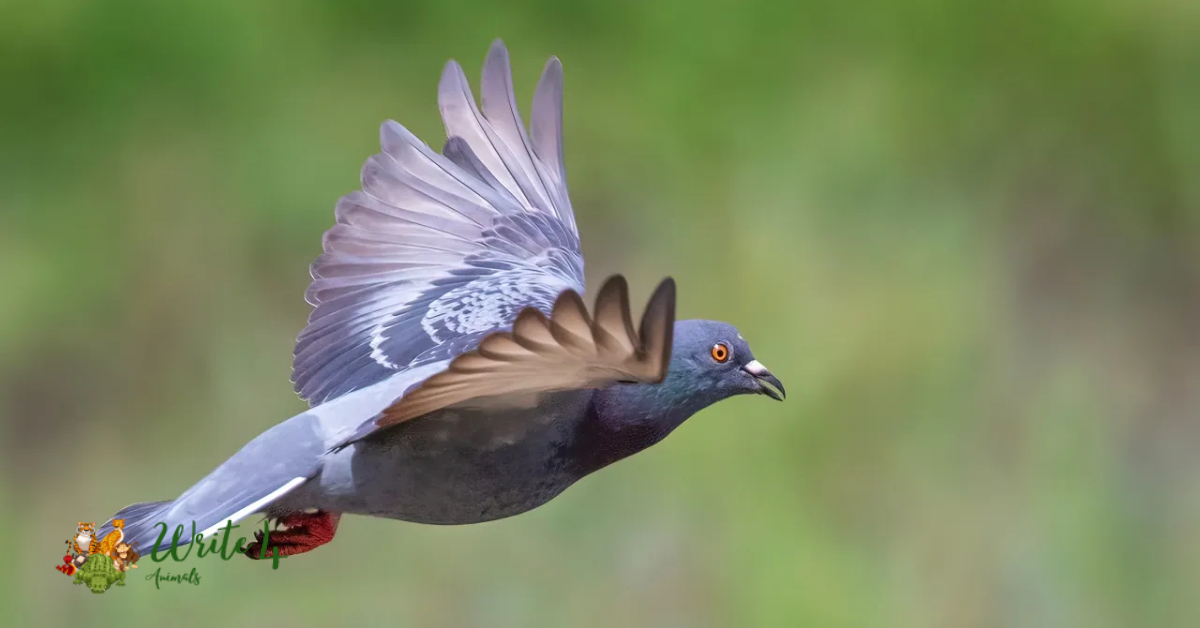 Pigeons, scientifically known as Columba livia, are common birds found in urban environments worldwide. They belong to the order Columbiformes, which includes doves and pigeons. Pigeons are often considered pests due to their messy habits.
Pigeons, scientifically known as Columba livia, are common birds found in urban environments worldwide. They belong to the order Columbiformes, which includes doves and pigeons. Pigeons are often considered pests due to their messy habits.
They leave droppings on buildings, cars, and public spaces, which can be not only unsightly but also corrosive. Additionally, their cooing can be charming in moderation but can quickly become a nuisance when it becomes incessant, especially in urban areas.
While some people appreciate pigeons for their beauty, these birds can be a source of frustration for city dwellers.
5. Raccoons
Classification:
Kingdom: Animalia
Phylum: Chordata
Class: Mammalia
Order: Carnivora
Family: Procyonidae
Genus: Procyon
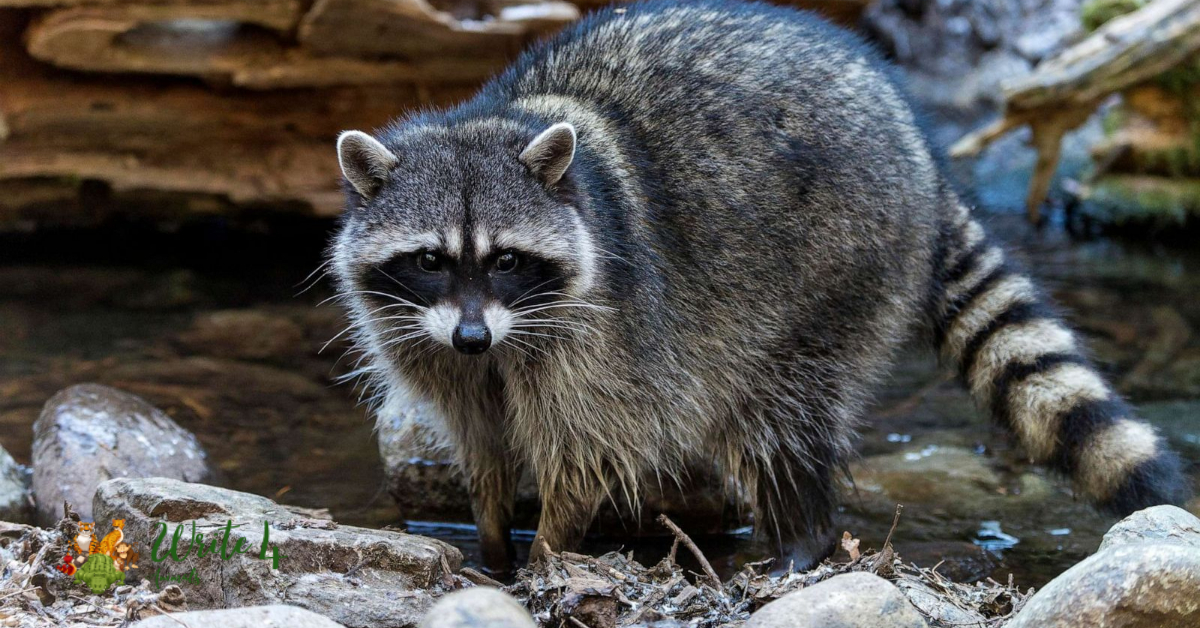 Raccoons, scientifically known as Procyon lotor, are highly adaptable mammals that can be found in both urban and rural environments.
Raccoons, scientifically known as Procyon lotor, are highly adaptable mammals that can be found in both urban and rural environments.
They are classified under the order Carnivora, which includes other carnivorous mammals. Raccoons have earned a reputation for rummaging through garbage cans in search of food, often creating a mess in the process. Their clever and dexterous paws allow them to access hard-to-reach places.
Raccoons can also be carriers of diseases, such as rabies, which adds to their potential nuisance and danger. Their nocturnal activities and habit of making a racket while foraging can disrupt the peace of neighborhoods.
6. Crows
Classification:
Kingdom: Animalia
Phylum: Chordata
Class: Aves
Order: Passeriformes
Family: Corvidae
Genus: Corvus
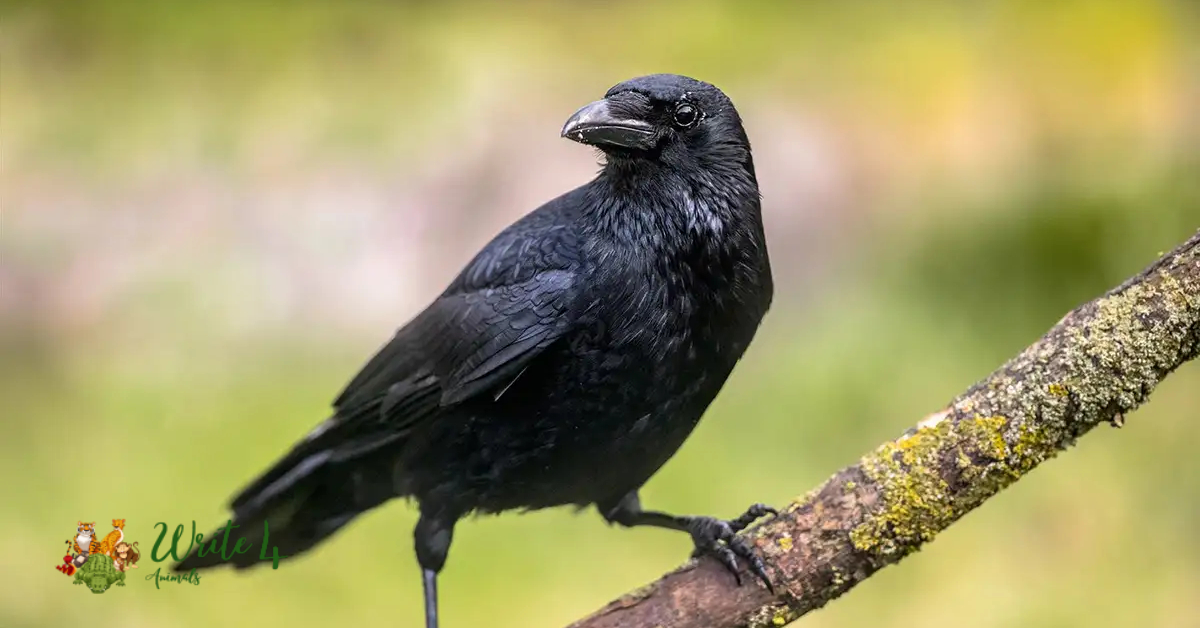 Crows, scientifically known as Corvus spp., are highly intelligent birds classified under the family Corvidae. They belong to the order Passeriformes, which includes songbirds.
Crows, scientifically known as Corvus spp., are highly intelligent birds classified under the family Corvidae. They belong to the order Passeriformes, which includes songbirds.
While their intelligence is impressive, their loud and persistent cawing can be maddening, particularly during early morning hours. Crows are known for their scavenging habits and are often seen rummaging through trash bins or picking at roadkill.
They can be bold and fearless, making them difficult to shoo away when they become a nuisance. Despite their intelligence and important ecological roles, the disruptive behavior of crows can make them quite bothersome to humans, especially in urban settings.
7. Squirrels
Classification:
Kingdom: Animalia
Phylum: Chordata
Class: Mammalia
Order: Rodentia
Family: Sciuridae
Genus: Various genera
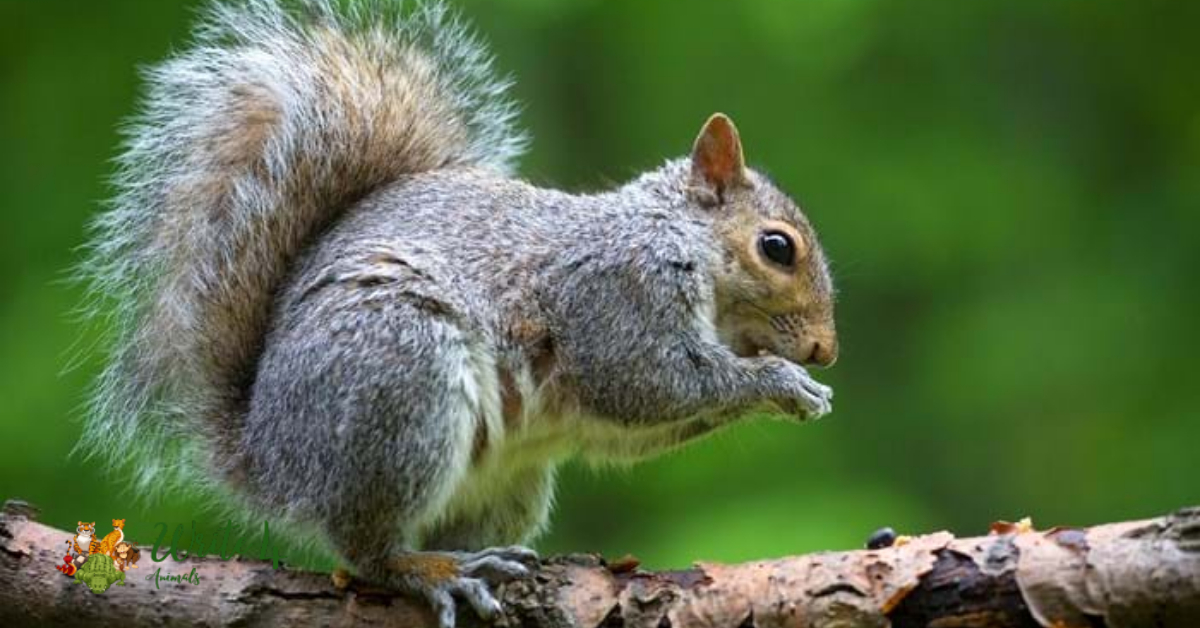 Squirrels, belonging to the family Sciuridae, are small, bushy-tailed rodents found in various habitats around the world. They are classified under the order Rodentia, which includes other rodents like rats and mice.
Squirrels, belonging to the family Sciuridae, are small, bushy-tailed rodents found in various habitats around the world. They are classified under the order Rodentia, which includes other rodents like rats and mice.
While squirrels may appear cute and entertaining with their acrobatic antics, they can be a significant annoyance to homeowners and gardeners.
Squirrels have a tendency to dig up gardens, raid bird feeders, and even gnaw on electrical wires, causing damage to property. Their high-energy activities can be endearing to some but frustrating to others who bear the brunt of their destructive behavior.
8. Gnats
Classification:
Kingdom: Animalia
Phylum: Arthropoda
Class: Insecta
Order: Diptera
Family: Various families (e.g., Sciaridae, Ceratopogonidae)
Genus: Various genera
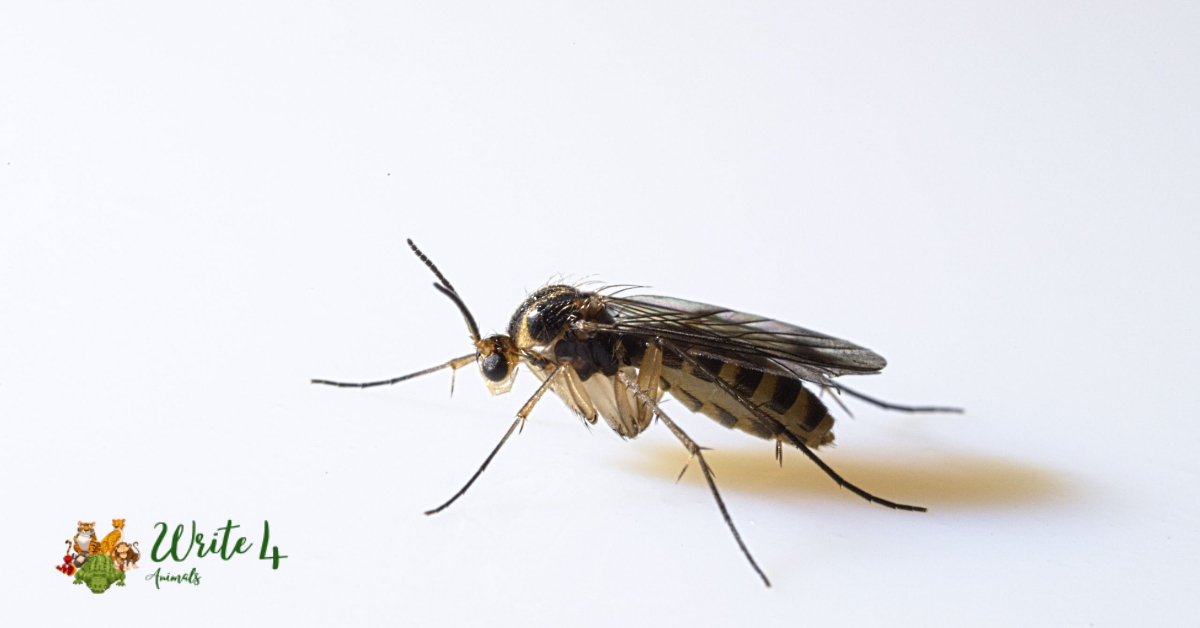 Gnats are tiny flying insects that belong to the order Diptera, which includes all true flies. They come in various forms, such as fungus gnats and biting midges, and are known for their small size and swarm behavior.
Gnats are tiny flying insects that belong to the order Diptera, which includes all true flies. They come in various forms, such as fungus gnats and biting midges, and are known for their small size and swarm behavior.
Gnats can be incredibly annoying when they gather in large numbers, creating a cloud of flying pests that buzz around your face and invade your personal space.
Their presence can quickly turn a pleasant outdoor experience into an itchy and frustrating ordeal. While not all gnats bite, some species, like biting midges, can leave painful, itchy welts on the skin.
9. Chihuahuas
Classification:
Kingdom: Animalia
Phylum: Chordata
Class: Mammalia
Order: Carnivora
Family: Canidae
Genus: Canis
 Chihuahuas are a small dog breed classified under the family Canidae, which includes other canids like wolves and foxes. Despite their diminutive size, Chihuahuas have earned a reputation for their incessant barking.
Chihuahuas are a small dog breed classified under the family Canidae, which includes other canids like wolves and foxes. Despite their diminutive size, Chihuahuas have earned a reputation for their incessant barking.
They are classified under the order Carnivora, which includes other carnivorous mammals. These tiny dogs have a big attitude, and they can bark at the slightest provocation, making them a source of annoyance for neighbors and even their owners.
While their loyalty and affectionate nature are appreciated by some, their vocal tendencies can be disruptive, especially in urban environments where noise complaints are common.
10. Crickets
Classification:
Kingdom: Animalia
Phylum: Arthropoda
Class: Insecta
Order: Orthoptera
Family: Gryllidae
Genus: Various genera
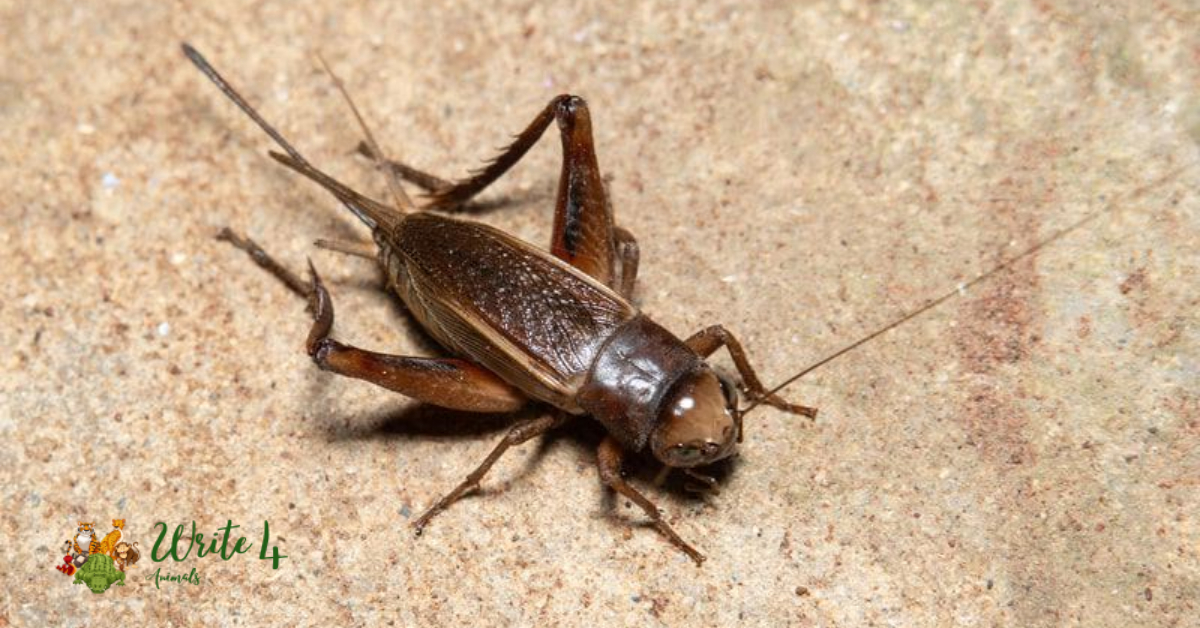 Crickets, classified under the family Gryllidae and order Orthoptera, are small insects known for their distinctive chirping sound. They are part of the vast insect class, Insecta, which includes various species.
Crickets, classified under the family Gryllidae and order Orthoptera, are small insects known for their distinctive chirping sound. They are part of the vast insect class, Insecta, which includes various species.
While their chirping is often considered a calming and nostalgic sound of summer evenings, it can also be incredibly annoying when you’re trying to sleep. Male crickets produce this high-pitched noise by rubbing their wings together as a mating call, making it challenging for those seeking a peaceful night’s rest.
Despite their annoyance factor, crickets are ecologically important and are a food source for various animals, showcasing the complexity of our relationship with these creatures.
Frequently Asked Questions
[sc_fs_multi_faq headline-0=”h4″ question-0=”Are these animals universally annoying, or does it vary by location and individual preferences?” answer-0=”Annoyance is subjective and can vary from person to person and location to location. While some of these animals, like mosquitoes and flies, are generally annoying to many people worldwide, others may have a more localized impact. ” image-0=”” headline-1=”h4″ question-1=”What ecological roles do these annoying animals play in their respective ecosystems?” answer-1=”Most of these animals, annoying as they may be to humans, play important ecological roles. For example, flies and beetles help in the decomposition of organic matter, while crows and raccoons help control pest populations. It’s essential to consider their broader ecological significance. ” image-1=”” headline-2=”h4″ question-2=”Can anything be done to control or manage these annoying animals in urban environments?” answer-2=”Yes, various methods can be employed to manage or deter these animals in urban areas. For instance, mosquito nets and repellents can help with mosquitoes, and proper waste management can deter raccoons. Consultation with local wildlife experts and pest control services can also provide effective solutions.” image-2=”” headline-3=”h4″ question-3=”Are there any positive aspects or benefits associated with these annoying animals?” answer-3=”Some of these animals, like crows and squirrels, have cognitive abilities and play vital roles in ecosystems. Mosquitoes serve as a food source for various animals, and even flies have ecological functions in decomposing organic matter. However, their positive aspects might be overshadowed by their annoying behaviors. ” image-3=”” headline-4=”h4″ question-4=”What should I do if I encounter an annoying animal that poses a health risk, such as a mosquito or tick?” answer-4=”It’s essential to take precautions to protect yourself from diseases these animals may carry. Use insect repellent, wear appropriate clothing, and avoid outdoor activities during peak mosquito or tick activity. If bitten, monitor for symptoms and seek medical attention if necessary.” image-4=”” count=”5″ html=”true” css_class=””]
Recommended
1. Light Skin Dog: Meme, Stare and complete information
2. Mini Bernese Mountain Dog 2023
3. Snickerdoodle Dog: Everything you need to know
4. Wolf vs Husky: Unraveling the Similarities and Differences
